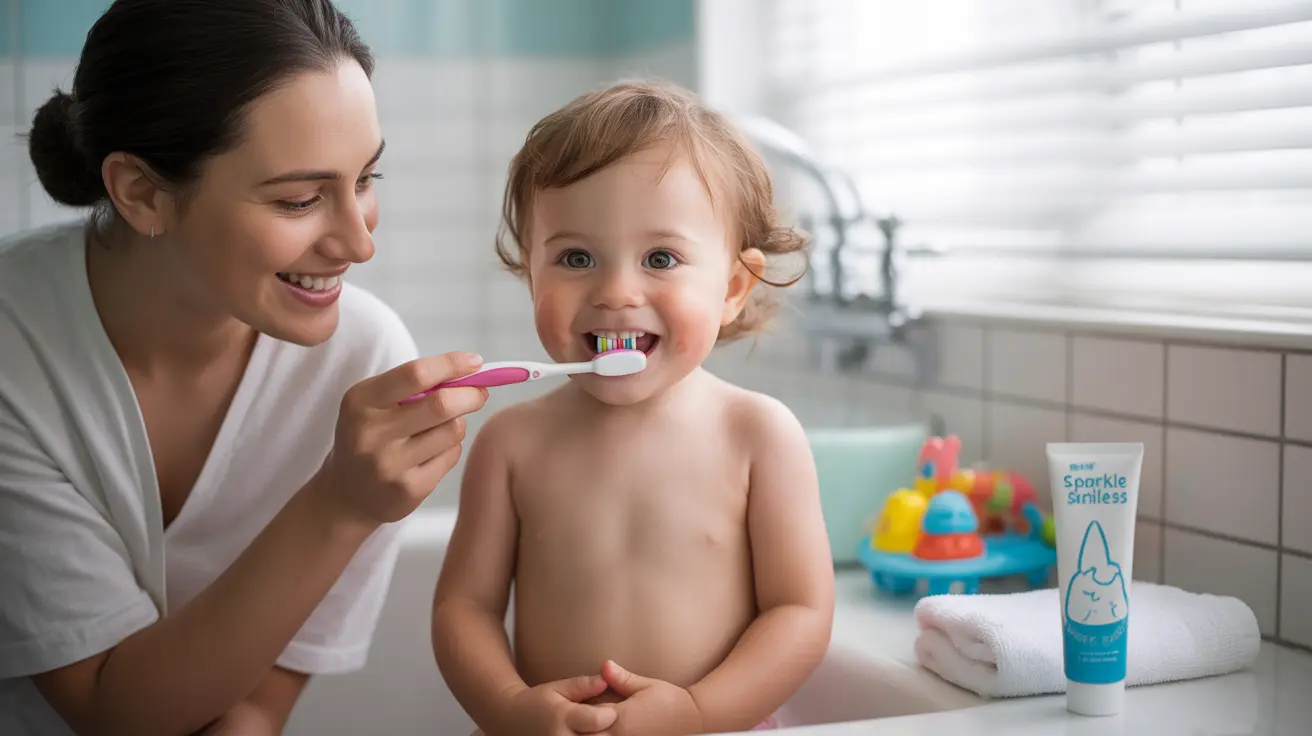When your toddler is sick, you might notice an unpleasant change in their breath. Bad breath during illness is a common concern for parents, and understanding its causes can help you address the issue effectively. While temporary bad breath during illness is often normal, knowing when it signals a more serious problem is crucial for your child's health.
Let's explore the various causes of bad breath in sick toddlers, effective management strategies, and important signs that indicate when professional medical attention is needed.
Common Illnesses That Cause Bad Breath in Toddlers
Several childhood illnesses can lead to bad breath in toddlers:
- Sinus infections
- Strep throat
- Tonsillitis
- Respiratory infections
- Post-nasal drip
These conditions often cause bacteria to multiply in the mouth and throat, leading to unpleasant odors. Additionally, infections can create excess mucus production, which becomes a breeding ground for odor-causing bacteria.
The Impact of Mouth Breathing During Illness
When toddlers are congested due to illness, they often resort to breathing through their mouth. This common response to stuffed nasal passages can contribute to bad breath in several ways:
- Decreased saliva production
- Dry mouth conditions
- Increased bacterial growth
- Changes in oral pH balance
Mouth breathing reduces the natural cleaning action of saliva, allowing bacteria to thrive and causing noticeable breath changes.
Oral Hygiene Challenges During Illness
Maintaining good oral hygiene can be particularly challenging when your toddler is sick. Factors that contribute to poor oral health during illness include:
- Reduced interest in tooth brushing
- Increased consumption of sugary medicines
- Dehydration
- More frequent sleeping with an open mouth
Managing Bad Breath in Sick Toddlers
Several home care strategies can help address bad breath while your toddler recovers:
- Ensure regular gentle tooth brushing
- Maintain proper hydration
- Use a humidifier in their room
- Clean their nose regularly
- Offer sugar-free fluids frequently
When to Seek Professional Help
While bad breath during illness is often temporary, certain situations warrant medical attention:
- Persistent bad breath after illness resolves
- Severe throat pain or difficulty swallowing
- High fever lasting more than three days
- White patches in the mouth or throat
- Significant difficulty breathing
Frequently Asked Questions
- What common illnesses can cause bad breath in a sick toddler?
Common illnesses that cause bad breath include sinus infections, strep throat, tonsillitis, and respiratory infections. These conditions often lead to increased bacterial growth and mucus production, resulting in unpleasant breath odors.
- How can poor oral hygiene lead to bad breath in toddlers?
Poor oral hygiene during illness allows bacteria to accumulate in the mouth, especially when toddlers are less interested in tooth brushing. Combined with sugary medications and reduced saliva production, this creates conditions that promote bad breath.
- Why does mouth breathing during illness contribute to bad breath in toddlers?
Mouth breathing dries out the oral cavity, reducing saliva production which normally helps clean the mouth. This creates an environment where bacteria can multiply more easily, leading to bad breath.
- What home care steps can help manage bad breath in a toddler who is sick?
Key home care steps include maintaining regular tooth brushing, ensuring adequate hydration, using a humidifier, keeping the nose clear, and offering frequent sugar-free fluids. These measures help maintain oral hygiene and reduce bacterial growth.
- When should I take my sick toddler with bad breath to see a doctor or dentist?
Seek medical attention if bad breath persists after illness resolves, if your toddler has severe throat pain, high fever lasting more than three days, white patches in the mouth, or significant breathing difficulties. These symptoms may indicate a more serious condition requiring professional treatment.




